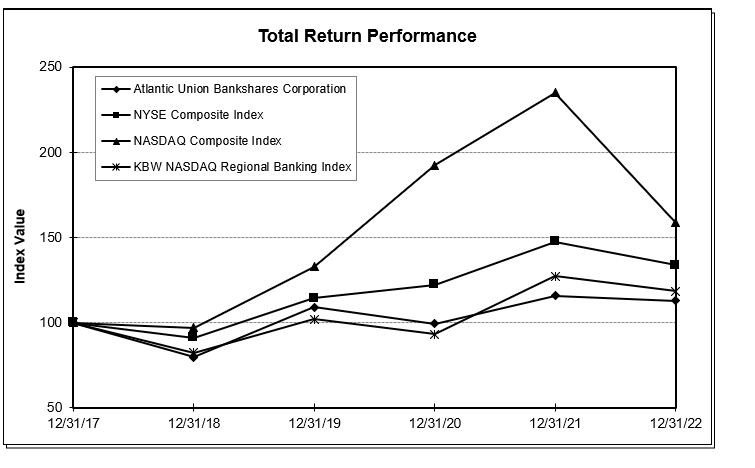Diversity, Equity and Inclusion
We are committed to hiring diverse talent and fostering, cultivating and preserving a culture of a diversity, equity and inclusion. We believe that the collective sum of the individual differences, life experiences, knowledge, inventiveness, innovation, self-expression, unique capabilities, and talent that our teammates invest in their work represents a significant part of not only our culture, but our reputation and achievement. We strive to foster a culture and workplace that, among other things, is inclusive and welcoming, treats everyone with respect and dignity, promotes people on their merits, and promotes diversity of thoughts, ideas, perspective and values. Our Board believes that diversity contributes to the overall effectiveness of the Board and generally conceptualizes diversity expansively to include, without limitation, concepts such as race, gender, ethnicity, sexual orientation, education, age, work experience, professional skills, geographic location and other qualities or attributes that contribute to Board heterogeneity. We have a Diversity, Equity and Inclusion Council, which we refer to as our DEI Council, led by the Bank’s President and includes a cross-functional group of teammates from diverse backgrounds, that manages our efforts to create a more diverse, equitable, and inclusive workplace.
We also have provided Employee Resource Groups, which we welcome all teammates and allies to join. Our current Employee Resource Groups include the Women’s Inclusion Network; Allies of Individuals Differently Abled; AUB Gets Vets; and Black Teammates United in Leadership and Development, all of which offer professional development opportunities such as mentoring, skill building and partnering to acquire talent and meet business goals.
COMPETITION
The financial services industry remains highly competitive and is constantly evolving. We experience strong competition in all aspects of our business. In our market areas, we compete with large national and regional financial institutions, credit unions, other independent community banks, as well as consumer finance companies, mortgage companies, loan production offices, mutual funds, life insurance companies and fintech companies. Competition for deposits and loans is affected by various factors including, without limitation, interest rates offered, the number and location of branches and types of products offered, digital capabilities, and the reputation of the institution. Credit unions increasingly have been allowed to expand their membership definitions, and because they enjoy a favorable tax status, they may be able to offer more attractive loan and deposit pricing. Our non-bank affiliates also operate in highly competitive environments.
In addition, nonbank competitors are increasingly offering products and services that traditionally were only offered by banks. Many of these nonbank competitors are not subject to the same extensive federal regulations that govern bank holding companies and federally insured banks, which may allow them to offer greater lending limits and certain products and services that we do not provide.
We believe our community focused banking framework and philosophy provides us with a competitive advantage, particularly with regard to larger national and regional institutions, allowing us to compete effectively. Additionally, our attention to incorporating digital technology has made it possible for us to provide our customers with electronic, mobile, and internet-based financial solutions, such as online deposit accounts and electronic payment processing. Our deposit market share in Virginia was 4.1% of total bank deposits as of June 30, 2022, making us the largest regional bank headquartered in Virginia at that time.
ECONOMY
The economies in our market areas are diverse and include local and federal government, military, agriculture, and manufacturing. Based on Virginia Employment Commission data, the state’s seasonally-adjusted unemployment rate was 3.0% as of December 31, 2022, compared to 3.2% at December 31, 2021 and continued to be below the national rate of 3.5% at December 31, 2022.
Our operations are affected not only by general economic conditions but also by the policies of various regulatory authorities. Since the beginning of 2022, the Federal Reserve increased the federal funds rate by 425 bps as of December 31, 2022 and is expected to continue increasing rates throughout the first half of 2023. Generally, we expect to benefit from a rising rate environment given our interest rate risk profile; however, rising interest rates may have an adverse impact on the ability of our borrowers with floating rate loans to repay their loans. Additionally, rising rates may have an adverse impact on our deposit and borrowing costs.
